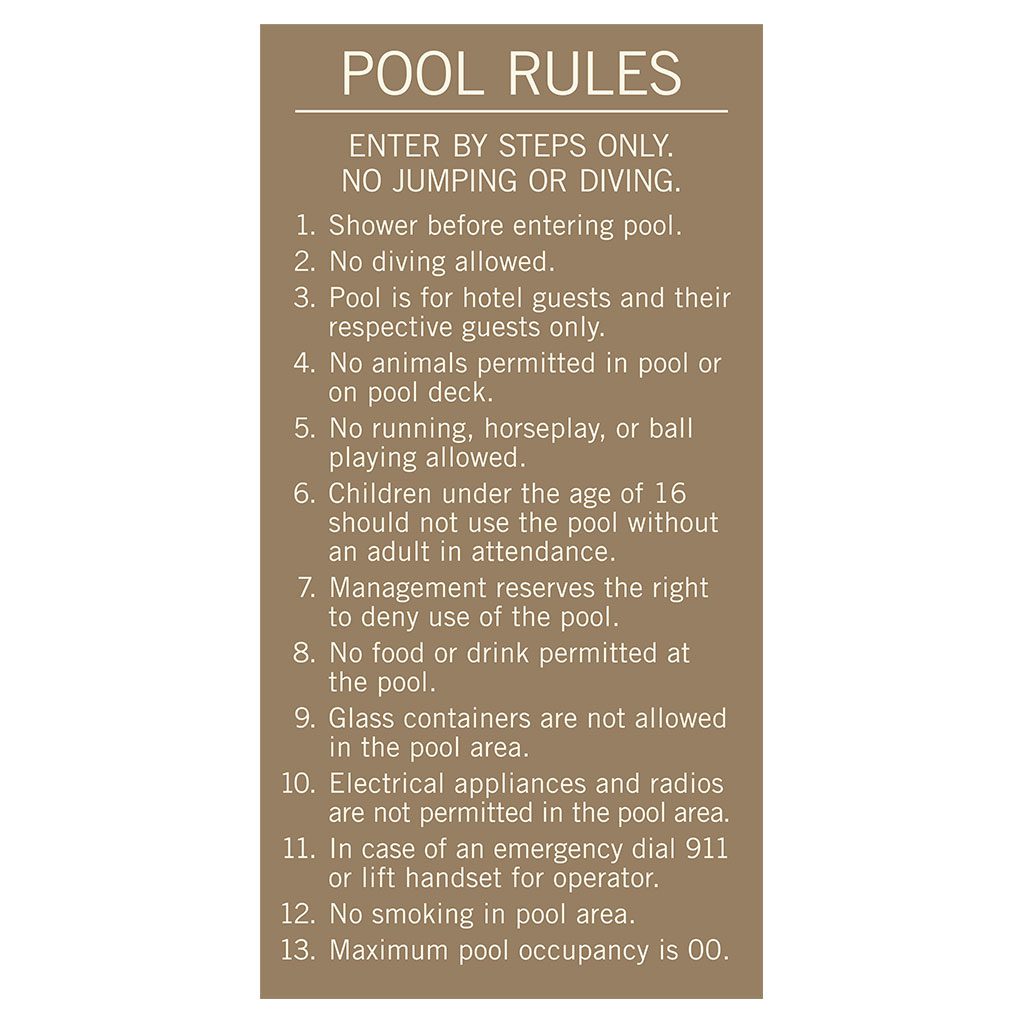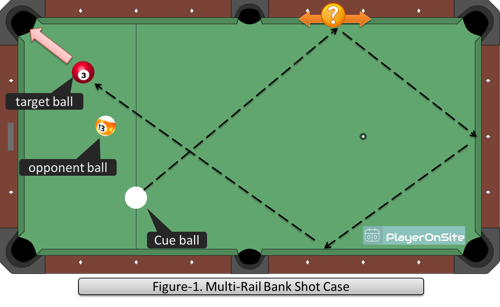
Billiards can be played with skill. To win, players must hit the cueball at a given angle. This allows the cue to move at a specific speed and adds a spin to it. Many players take their shots without thinking about the angle and shoot haphazardly. You can spend some time learning about the various positions that you can hit your cue ball from if you are a beginner to help you get an idea of where it should be hitting.
You must first understand what angles you can use to grasp the game. Spending the time to practice each option and how they impact your play will save you money. You can actually learn the angles and how they affect your shot by taking the time to practice. This will give you the confidence to take better shots in the future.

A good way to calculate your angles is to have a notebook and a pen handy. Each time you hit the cueball, think about the implications for the rest. You should also have a general plan for each shot. If you want to draw the cue ball back, you should hit it just above the center. This is the best spot to hit it. You must follow through, but it won't be of much use.
Playing a few pool games can help you get a better feel for the cueball. Online pool is another option. You can play the web version to place the cueball, and tap it using the left mouse click. Once you get the hang of it, you can begin playing real pool.
Getting the right cue ball angle is no easy task. It takes some trial and errors, but it is possible. It is important to take the time necessary to hit the ball at the right angle and to follow through properly. Without these things, your chances for a successful shot will be slim.
There are a few other things to consider when it comes to where to hit the cue ball. There is no magic number. However, it is best to aim for areas that are free from interference from other players. For the best possible results, you'll need to be fluent in English.

A tangentline is a line that a cue ball follows when it hits the ground. A good tangent should begin at the center of your cue ball and continue perpendicularly to the direction it's moving. A tangent is particularly useful when the cue ball rolls. The speed of the cue ball can also play a role in determining the direction the tangent line will go.